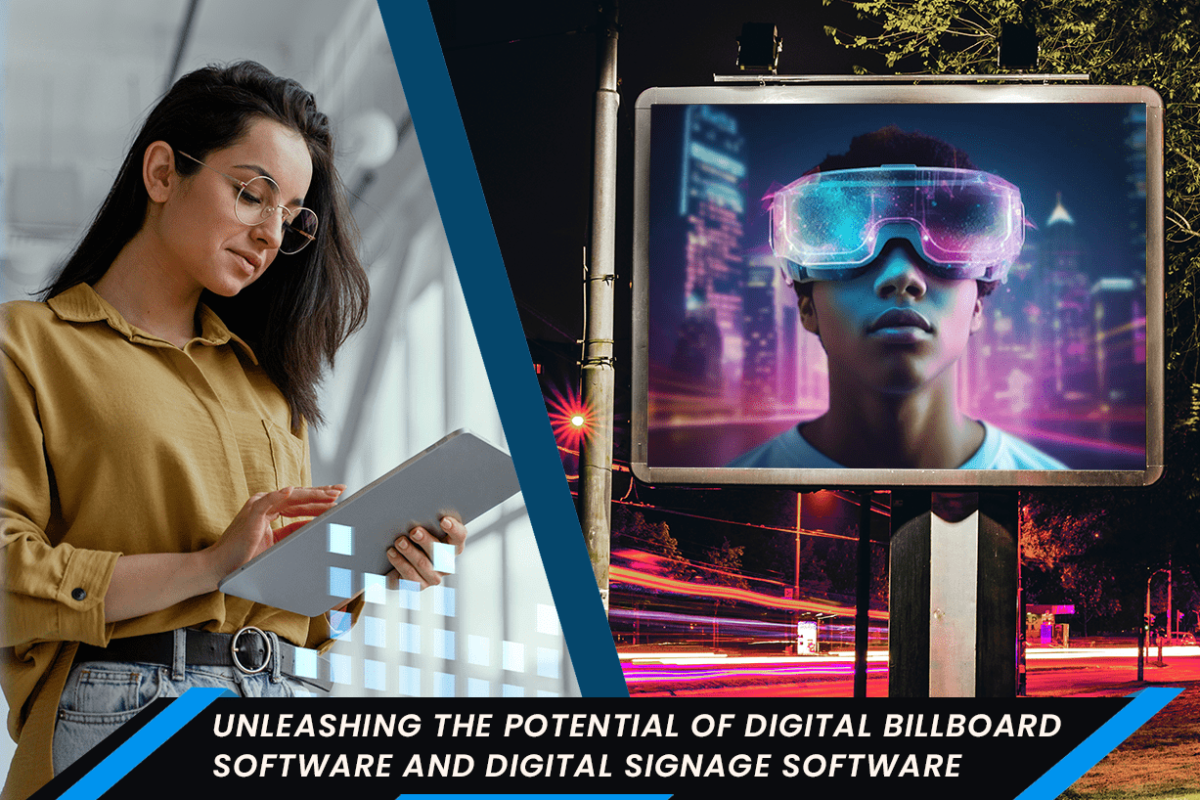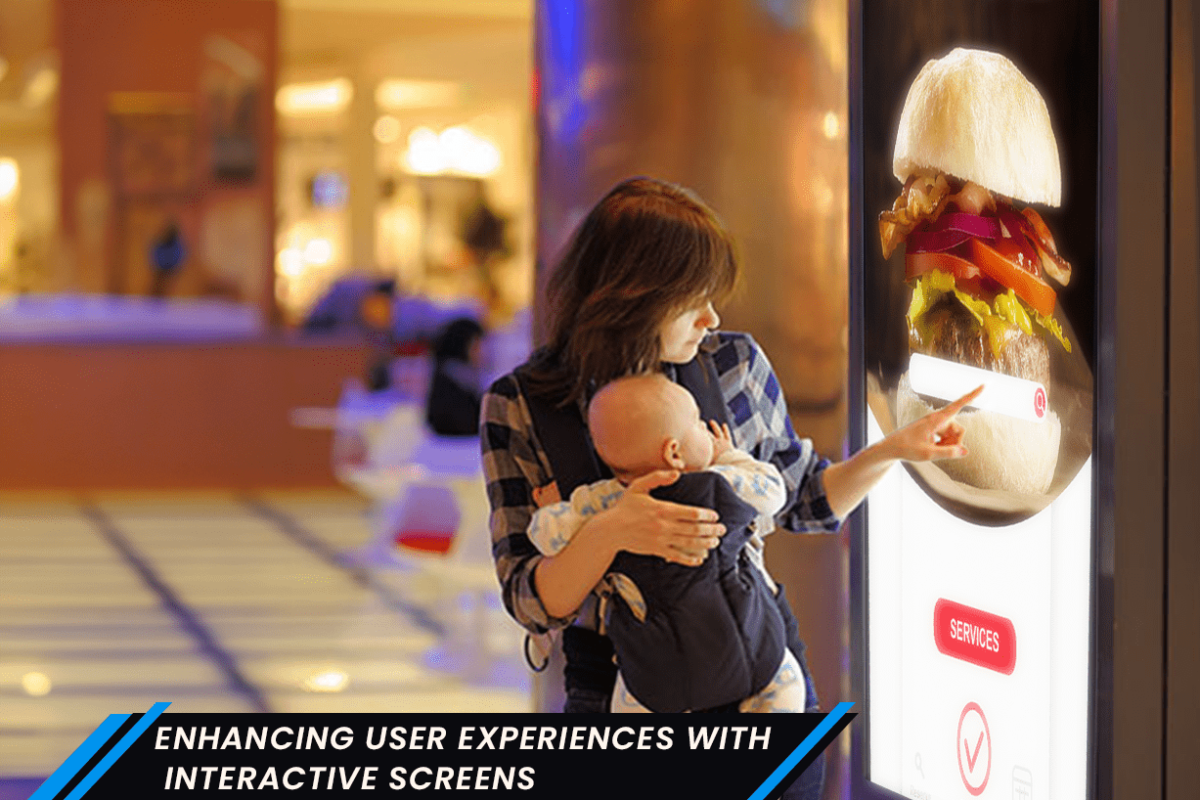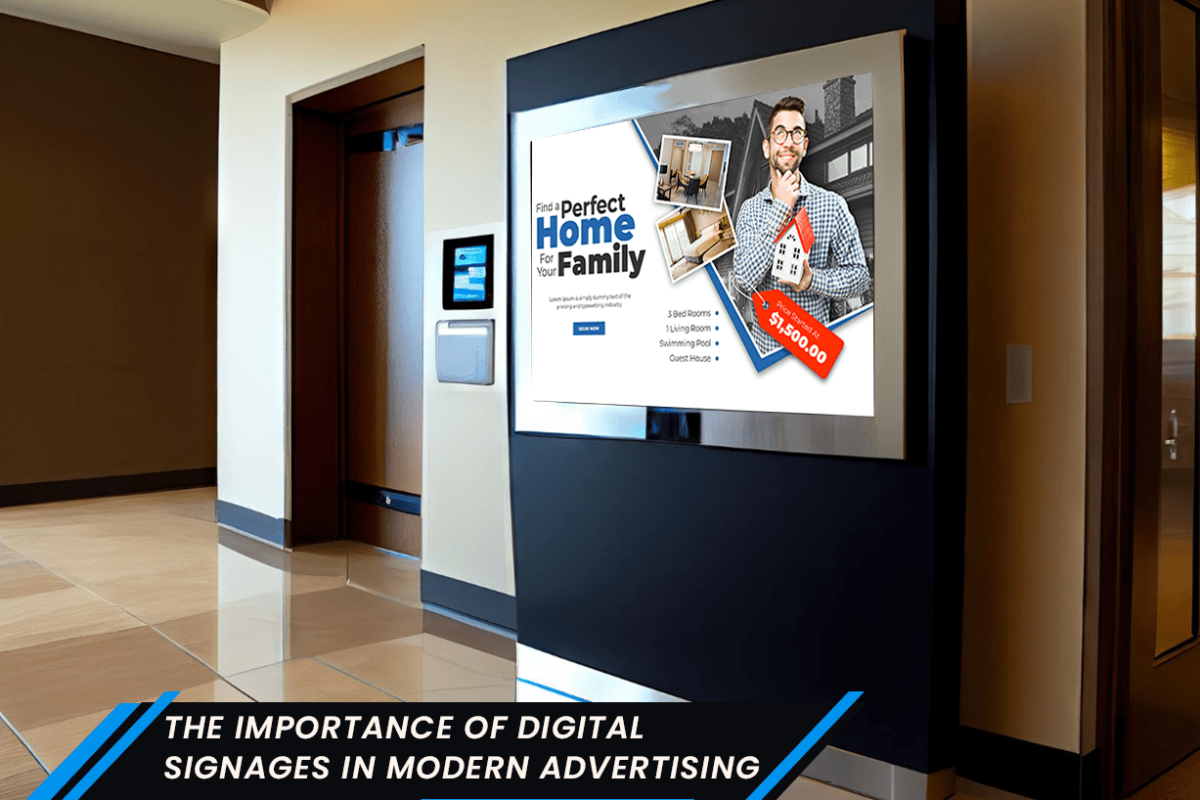Unleashing the Potential of Digital Billboard Software and Digital Signage Software
In the world of advertising and information dissemination, digital billboards and digital signage have emerged as powerful tools to captivate audiences and convey messages in an engaging and dynamic manner. Behind the scenes, these visually stunning displays rely on sophisticated software solutions that enable content management, scheduling, and real-time updates. This blog post explores the world of digital billboard software and digital signage software, highlighting their functionalities, benefits, and the impact they have on transforming the way businesses communicate with their target audience.
Understanding Digital Billboard Software
Digital billboard software serves as the backbone of dynamic outdoor advertising displays. It provides the necessary tools to create, manage, and schedule content for digital billboards.
Content Creation and Management
Digital billboard software allows users to design visually appealing and eye-catching advertisements. With intuitive interfaces and pre-designed templates, even non-designers can easily create compelling content. Additionally, the software provides centralized control for managing and organizing content libraries, making it convenient to update and maintain multiple billboards.
Scheduling and Targeting
One of the key features of digital billboard software is its ability to schedule and target specific content to different locations, demographics, or time slots. This flexibility allows advertisers to deliver tailored messages to the right audience at the right time, maximizing the impact of their campaigns.
Real-Time Updates and Monitoring
Digital billboard software enables real-time updates, ensuring that advertisers can react quickly to changing circumstances or events. Whether it’s promoting limited-time offers or providing up-to-date information, the software allows seamless content changes across multiple billboards. Furthermore, monitoring tools provide insights into the performance of campaigns, allowing advertisers to refine their strategies based on data.
Exploring Digital Signage Software
Digital signage software caters to a broader range of applications beyond outdoor billboards. It encompasses indoor displays, interactive kiosks, menu boards, and more, enabling businesses to deliver engaging and dynamic content within their premises.
Content Creation and Management
Similar to digital billboard software, digital signage software empowers users to design captivating content using a range of media elements. Templates, animations, and multimedia integration make it easy to create visually stunning displays. Centralized content management ensures efficient organization, updates, and synchronization across multiple screens.
Scheduling and Automation
Digital signage software offers comprehensive scheduling options to display content based on specific times, days, or events. Automation features enable businesses to streamline content changes, such as daily menu updates or promotional offers, eliminating the need for manual intervention.
Interactive and Personalized Experiences
Advanced digital signage software supports interactivity, allowing users to engage with the displayed content. Touchscreen displays, gesture recognition, and QR codes enable customers to interact with the signage, enhancing their overall experience. Moreover, digital signage software can leverage data analytics and integrations with customer relationship management (CRM) systems to deliver personalized content based on user preferences and behaviors.
Benefits and Applications
The utilization of digital billboard software and digital signage software brings numerous advantages to businesses across various industries.
Enhanced Visual Impact
Digital displays grab attention more effectively than traditional static signage, thanks to vibrant colors, animations, and dynamic content. This heightened visual impact ensures that audiences notice and remember messages, increasing brand awareness and customer engagement.
Flexibility and Agility
Digital billboard software and digital signage software allow businesses to adapt and respond quickly to changing marketing needs. Content can be updated in real-time, enabling the display of relevant information, promotions, or announcements promptly. This agility provides a competitive edge in fast-paced industries.
Targeted Advertising and Customer Engagement
Both digital billboards and digital signage can be targeted to specific locations, demographics, or even individual customers. This targeted approach ensures that messages reach the intended audience, leading to higher conversion rates and customer satisfaction. Additionally, interactive elements in digital signage foster engagement, encouraging customers to interact with the content and providing valuable insights.
Cost-Effectiveness and ROI
While the initial investment in digital displays and software may be higher compared to traditional signage, the long-term benefits outweigh the costs. Digital signage solutions eliminate printing and installation expenses associated with static signage, and the ability to schedule and update content remotely saves time and resources.
Future Trends
The landscape of digital billboard software and digital signage software continues to evolve, driven by technological advancements and emerging trends. Here are some notable developments to watch for:
Artificial Intelligence (AI) Integration
AI-powered analytics can provide valuable data on customer behavior, demographics, and preferences. By integrating AI capabilities, digital billboard and signage software can deliver more targeted and personalized content, leading to higher engagement and conversion rates.
Internet of Things (IoT) Connectivity
The integration of IoT allows for increased connectivity between digital displays and other smart devices. This enables real-time data exchange, automated content updates, and the delivery of contextually relevant information based on environmental factors or user interactions.
Augmented Reality (AR) and Virtual Reality (VR)
AR and VR technologies are transforming the way users interact with digital signage. By overlaying virtual elements on the real world, AR enhances the user experience and provides interactive and immersive encounters. VR, on the other hand, creates fully virtual environments, opening up new possibilities for engaging storytelling and experiential marketing.
Data-Driven Personalization
Leveraging data analytics and customer insights, future digital signage software will provide more personalized content, tailored offers, and recommendations. This data-driven approach will enhance the overall customer experience and increase the effectiveness of marketing campaigns.
Conclusion
Digital billboard software and digital signage software have revolutionized the way businesses communicate with their target audience, both outdoors and indoors. The ability to create, manage, schedule, and update dynamic content has transformed traditional static displays into engaging and impactful communication platforms. The flexibility, interactivity, and targeted nature of digital displays have proven to be invaluable for businesses across various sectors. With advancements in AI, IoT connectivity, AR/VR, and data analytics, the future of digital signage promises even more immersive, personalized, and data-driven experiences. As businesses continue to leverage the power of digital billboard software and digital signage software, they can unlock new opportunities to captivate audiences, strengthen brand presence, and drive growth in an increasingly digital world.





